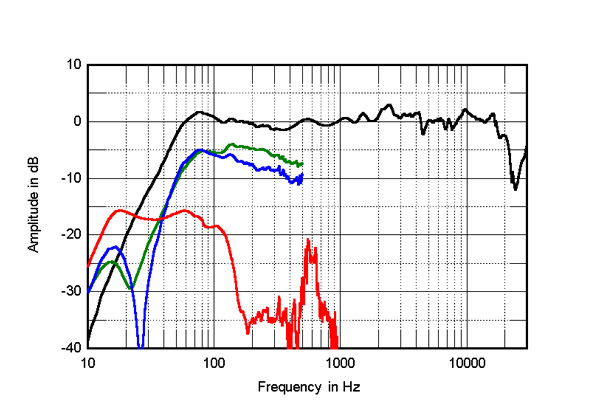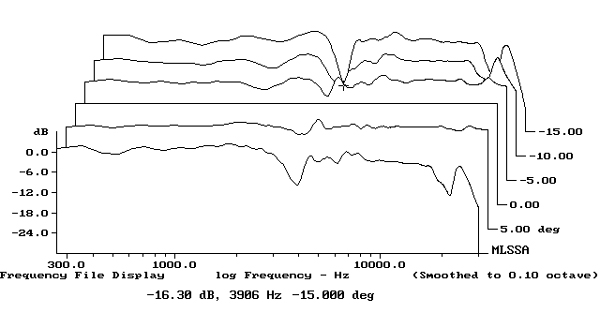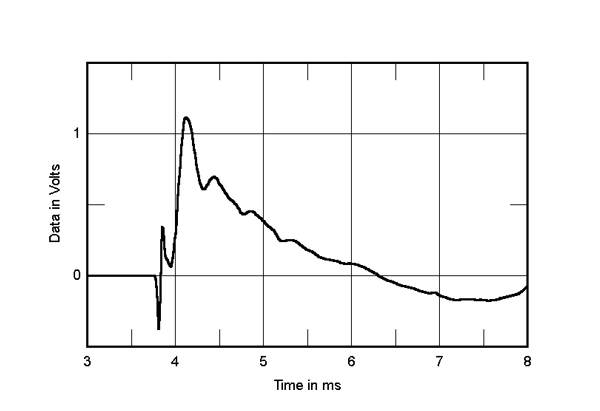| Columns Retired Columns & Blogs |
I appreciate the subjective reviews, but really look forward to the measurements. It's hard to compare different speakers (and other products) when different people reviewed them. Measurements, however, take away a significant amount of confusion and doubt.













































